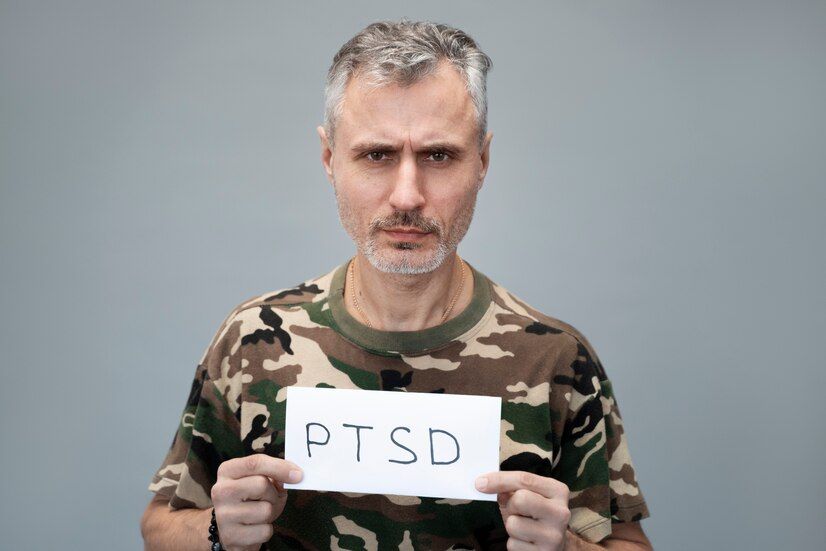Supporting Vulnerable Populations in Mental Health
Focus on enhanced services and support for marginalized and vulnerable populations, including initiatives targeting homelessness and health disparities among racial and ethnic minorities.

Mental health care is a vital aspect of overall well-being, but certain populations face unique challenges and barriers that can make accessing mental health services more difficult. These vulnerable populations often include racial and ethnic minorities, low-income individuals, LGBTQ+ communities, immigrants, and those experiencing homelessness. Addressing the mental health needs of these groups requires targeted strategies and a commitment to equity and inclusion.
Understanding the Barriers
Vulnerable populations often encounter several barriers to mental health care, including:
- Stigma and Discrimination: Negative attitudes and beliefs about mental health can prevent individuals from seeking help.
- Financial Constraints: The cost of mental health services can be prohibitive for low-income individuals, especially those without insurance.
- Lack of Access: Geographic, cultural, and language barriers can limit access to mental health services.
- Mistrust of Healthcare Systems: Historical injustices and ongoing discrimination can lead to mistrust and reluctance to engage with healthcare providers.
- Inadequate Resources: Some communities lack the resources and infrastructure needed to provide comprehensive mental health care.
Strategies for Supporting Vulnerable Populations
- Culturally Competent Care: Mental health professionals must receive training in cultural competence to understand and respect the diverse backgrounds and experiences of their clients. This includes recognizing cultural differences in how mental health is perceived and approached.
- Community-Based Interventions: Engaging with communities and developing community-based mental health programs can help reduce barriers and build trust. Community health workers, peer support specialists, and local organizations can play a crucial role in delivering care and support.
- Affordable and Accessible Services: Expanding affordable mental health services, including sliding scale fees and free clinics, can help alleviate financial barriers. Telehealth and digital health tools can also increase accessibility, especially in underserved areas.
- Policy Advocacy: Advocating for policies that promote mental health equity is essential. This includes pushing for expanded insurance coverage, increased funding for mental health services, and policies that address social determinants of health.
- Addressing Social Determinants: Mental health is closely linked to social determinants such as housing, education, employment, and social support. Addressing these factors can have a positive impact on mental health outcomes. For example, providing stable housing and employment support can reduce stress and improve mental well-being.
- Trauma-Informed Care: Many vulnerable populations have experienced trauma, which can have lasting effects on mental health. Providing trauma-informed care that recognizes and responds to the impact of trauma is crucial for effective treatment.
The Role of Technology
Technology can be a powerful tool in supporting vulnerable populations. Digital mental health apps, online therapy platforms, and telehealth services can provide accessible and affordable mental health support. These tools can overcome geographic barriers and offer anonymity, which can reduce stigma.
Conclusion
Supporting vulnerable populations in mental health requires a multifaceted approach that addresses the unique barriers they face. By promoting culturally competent care, engaging communities, expanding access to services, advocating for equitable policies, addressing social determinants, and leveraging technology, we can work towards a more inclusive and effective mental health care system. Ensuring that all individuals have the opportunity to achieve mental well-being is not only a matter of equity but also a fundamental aspect of a healthy and thriving society.
CATEGORIES

We Work Together to Solve Current Challenges
CONTACT US
1-571-330-2829
office@ariseccc.com
10801 Johnston Road
Suite 210 Charlotte NC
28226-4558
USEFUL LINKS
STAY INFORMED
You need a helping hand with your project?
We will get back to you as soon as possible
Please try again later
COUNSELING CENTER HICKORY & CHARLOTTE NORTH CAROLINA









